Alexei Bezugolny indicates two variants of the St Nino cross crosses were used : one (the most frequent) was Black with a thin Red outline on a white circle, the other had colours inverted: Dark Red St Nino cross with a thin Black outline on a white circle (the colors of the Georgian flag of the period).
As a matter of fact, Marat Kharulin himself, in page16 of vol 4 of his Kraski Risskoi Aviatsi shows and artwork of a Georgian camel with a red cross outlined black in white circle - conform to the first alternative described by Bezulgony.
By the way, a close examination of the well known photo of this crashed Camel allows to raise a further hypothesis - that the insignia were different for left wings and for right wings (black outlined red on one side, red outlined white on another side), something not uncommon in the Russian Civil war (we have similar well-documented examples in the North Western Army, Ukrainian and West Polish air forces). This hypothesis would conciliate the 2 alternatives mentioned above.
The existing photos of Georgian SVA (not included in Marat Kharulin's books) are not very helpful concerning this national insignia, but they show the rudder insignia numbering.
Georgian SVA10:
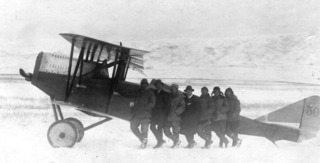
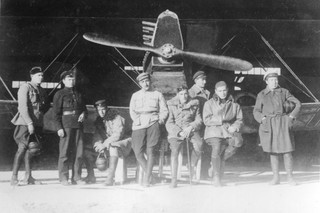
Georgian Camels (2 photos and the profile artwork from Marat Kharulin's book vol 4 p.16):
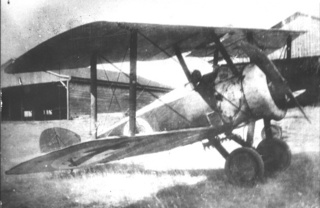
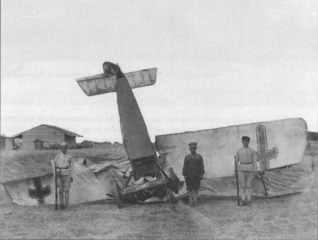

Flag of the First Republic of Georgia 1918-1921:

Known Variant of this Flag:

Georgian National Insignia showing the 3 colours of the national flag of 1918-21:

Georgian Military Pilots 1921:
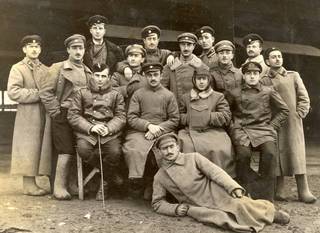
It, most likely, is caused by the fact that these planes were officially purchased Italy and therefore to Georgia, most likely they have arrived without identification marks.
This is more complex yet - As regular practice, Italian planes were delivered in Italian National colours - and these were repainted, sometimes only partially (as we know from Polish examples) by the National insignias of the buyer. When these fell in Soviet hands the rd star was painted over the previous insignia with or without recovering the former insignia with white paint. Sometimes the white paint layer was not thick enough and the former insignia could be seen under the newer one. However Lithuanian machines were definitively delivered without Italian national insignia - so the delivery rule may have changed in the early 1920s.
Soviet SVA-10:
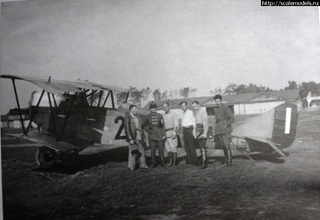
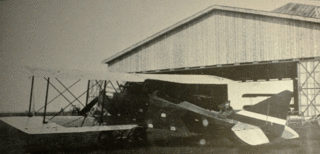
 Author
Topic: Ansaldo S.V.A -5 / -10 (Read 20450 times)
Author
Topic: Ansaldo S.V.A -5 / -10 (Read 20450 times)


